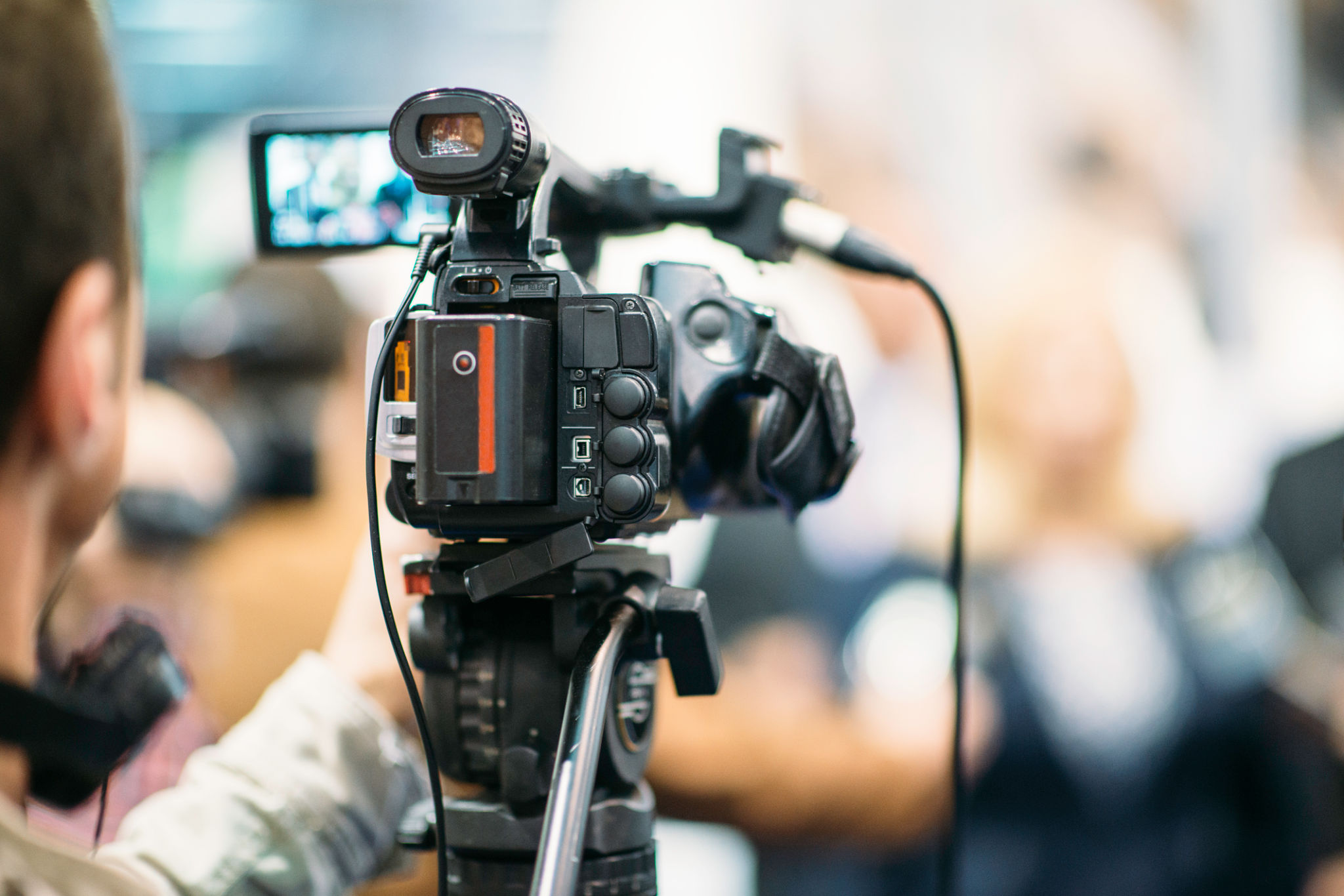Myths About Professional Videography Debunked
Understanding Professional Videography
Professional videography is an art form that has evolved significantly with advancements in technology. Despite its growth and popularity, several myths about professional videography persist, leading to misconceptions about what it entails. It's time to debunk these myths and shed light on the true essence of professional videography.

Myth 1: Anyone with a Camera Can Be a Videographer
One of the most common myths is that owning a high-quality camera automatically makes someone a professional videographer. While technology has made cameras more accessible, professional videography involves much more than just owning equipment. It requires a keen eye for detail, an understanding of lighting, composition, and storytelling, as well as technical proficiency in editing and production.
A professional videographer spends years honing their craft, learning how to capture the perfect shot and convey a compelling narrative through visual media. Simply put, it's the combination of skill, experience, and creative vision that distinguishes a professional from an amateur.
Myth 2: Video Editing Is Just Clicking Buttons
Another misconception is that video editing is a straightforward process of clicking buttons on software. In reality, video editing is a complex and creative process that involves selecting the right clips, enhancing visuals, creating seamless transitions, and ensuring that the audio complements the video. A skilled editor knows how to evoke emotions and tell stories through meticulous attention to detail.

The Importance of Post-Production
Post-production is a crucial phase in videography where raw footage is transformed into a polished final product. It requires not only technical skills but also creativity and an understanding of cinematic techniques. Professional videographers invest a significant amount of time in post-production to ensure that every detail aligns with the intended message and aesthetic.
Myth 3: Professional Videography Is Overpriced
Many people believe that hiring a professional videographer is unnecessarily expensive. However, this myth overlooks the value and expertise that professionals bring to the table. The cost of professional videography reflects the time spent on planning, shooting, editing, and delivering a high-quality product.
Consider the investment in equipment, software, and continuous learning that professionals undertake to stay updated with industry trends. When you factor in these elements, the pricing of professional services becomes more understandable.

Getting What You Pay For
In videography, as in many other fields, you often get what you pay for. Investing in a professional ensures not only quality but also reliability and creativity. The end result is a video that effectively communicates your message and engages your audience.
Myth 4: Videographers Don't Need to Plan
Some people assume that videographers can simply show up and start filming without any prior planning. This couldn't be further from the truth. Pre-production planning is an essential aspect of professional videography. This includes understanding the client's needs, scouting locations, preparing shot lists, and coordinating logistics.
Thorough planning ensures that the filming process is smooth and efficient, ultimately leading to a better final product. Professional videographers spend considerable time in this phase to ensure that every aspect of the shoot aligns with the project's goals.
The Art of Storyboarding
Storyboarding is a vital part of pre-production where the videographer outlines the visual narrative of the project. This step helps in visualizing each scene before filming begins, ensuring coherence and creativity throughout the video.

